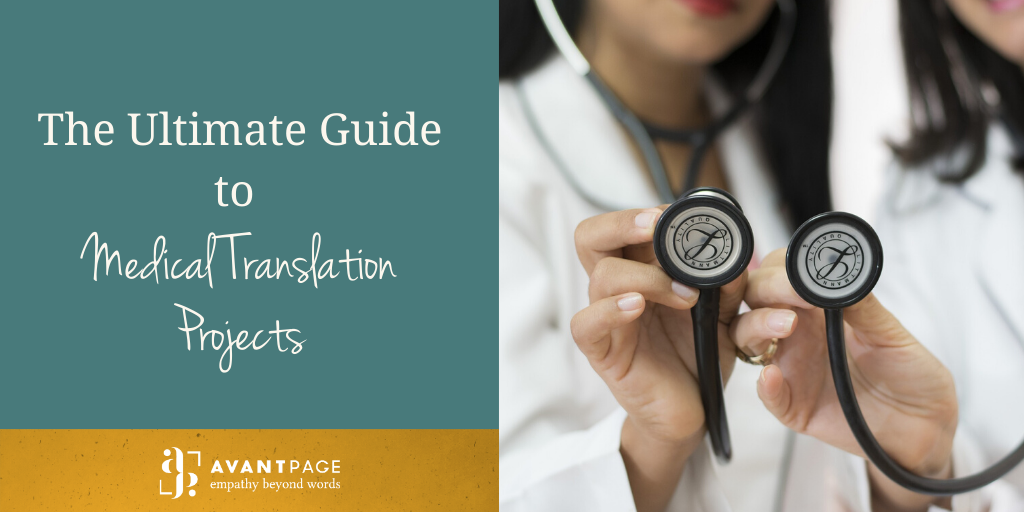There are many different documents that your healthcare organization needs to translate in order to meet the needs of your target audiences. These medical translation projects can take on many different forms, and they’re all necessary to comply with the varying healthcare regulations. Not only this, but your medical translation projects also help to ensure that every patient or client you have fully understands their health care and insurance options.
Vital medical translation projects
There are six types of documents that must be translated, according to Title IV of the Civil Rights Act of 1964. These are considered vital medical translation projects. A vital document translation is one that is required for your healthcare organization to continue receiving federal funding. The vital documents that your organization needs to translate include:
- Notices of free language assistance
- Notices of eligibility criteria for services
- Informed consent documents
- Intake forms that have clinical consequences
- Discharge instructions
- Complaint forms
Federal regulations from the Office for Civil Rights require that these document types be translated into the threshold languages of your community. Every LEP language group that constitutes 5 percent, or 1000 persons – whichever is less – of the population served is a threshold language into which you need to translate your medical documents.
Medical translation projects for health plans
Health plans will want to translate a variety of documents as well. For your insurance clients to effectively understand their coverage, your organization will need to translate the following documents:
- Evidence of coverage booklets
- Provider directories
- Disclosure forms
- Member handbooks
- Summary of benefits
- Annual notice of change
- Appeals and grievances
- Template-based member correspondence
- Marketing and outreach materials
- Letters, flyers, booklets, and other member communication documents
Not all of these documents are considered vital documents, but having these as part of your medical translation projects can help LEP language groups to better understand their healthcare coverage. This not only benefits your LEP community members but can provide a host of benefits to your health plan as well.
Other medical translation projects
You may find that translating additional medical documentation can be beneficial to your organization and LEP community members. Deciding how much you should translate as a healthcare organization is heavily dependent on the needs of your LEP patients and clients. At a minimum, you’ll want to translate any document that your patient or client needs to fully understand in order to effectively follow-through with healthcare recommendations.
Other documents or materials your organization may need to translate include:
- Medical notes
- Medical records
- Medical reports
- Medical diagnoses
- Medical documents
- Medical devices
- Medical procedures
- Clinical trials
- Medical histories
To ensure the accuracy and quality of your medical translation projects, you’ll want to look for a Language Service Provider like Avantpage with a proven track record in the healthcare field. Ready to get started on your next medical translation project? Call us at 530-750-2040, or request a free quote today.
GET VALUABLE CONTENT DELIVERED STRAIGHT TO YOUR INBOX. SIGN UP FOR OUR NEWSLETTER TODAY!

Ash is the Marketing Coordinator at Avantpage, Inc. Ash works to create high-value, targeted content that allows consumers to connect with us at Avantpage. They are a strong proponent of everyone having equal access to communication and information. They have written and created content for a variety of online platforms, and have been published in over 30 online platforms with varying topics. But Ash is other things too! An avid athlete, Ash enjoys spending their free time rock climbing, partaking in aerial circus sports, and practicing acroyoga.
